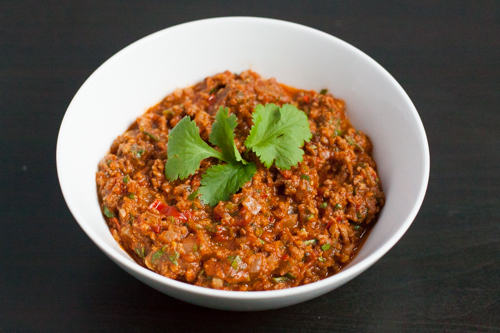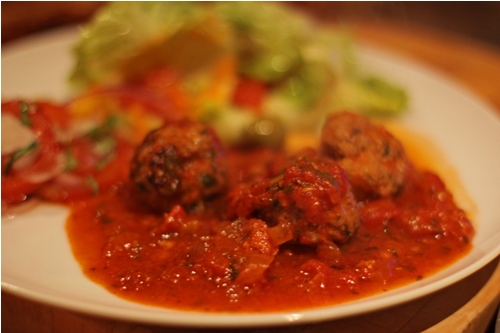Dad's Mexican chilli
 Wednesday, April 11, 2018 at 7:44AM
Wednesday, April 11, 2018 at 7:44AM 
I had a craving for my Dad’s Mexican mince recently. We used to get so excited when we were little and came in the door to that unmistakable smell of stewing meat and spices.
Before I moved to the UK it was one of several recipes I made my Dad make in front of me so that he couldn’t “forget” any ingredients. To this day, I still haven’t quite managed to master his “benchmark aioli” and I have always thought that maybe there is something he is not telling me. The Mexican mince, on the other hand, I watched him make step-by-step so there was no room for items to be lost in translation.
Apart from the optional ingredients, this is to the letter. That isn’t to say that it is traditional – I have no idea, my Dad isn’t Mexican – but it tastes damned good and better than any I’ve tried elsewhere, but I have to admit that I haven’t been to Mexico so, until then, I will reserve judgement.


